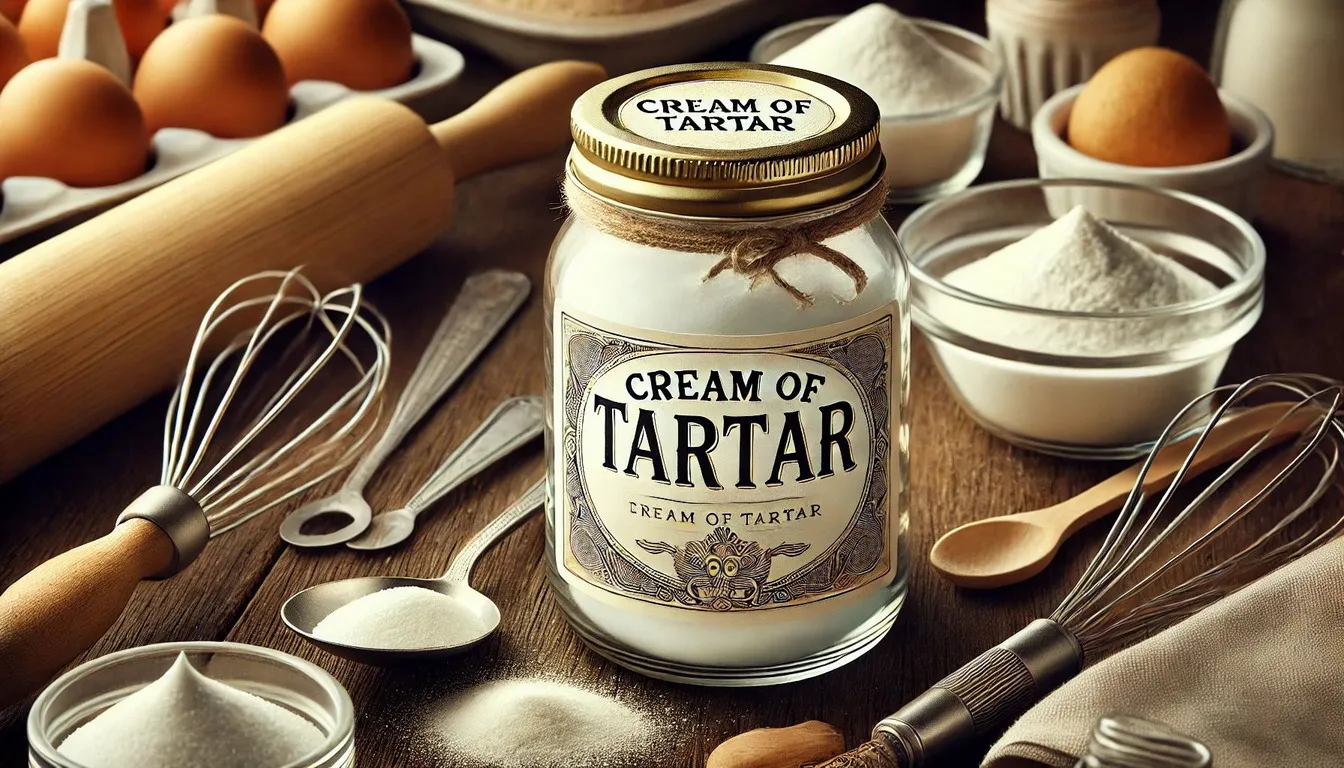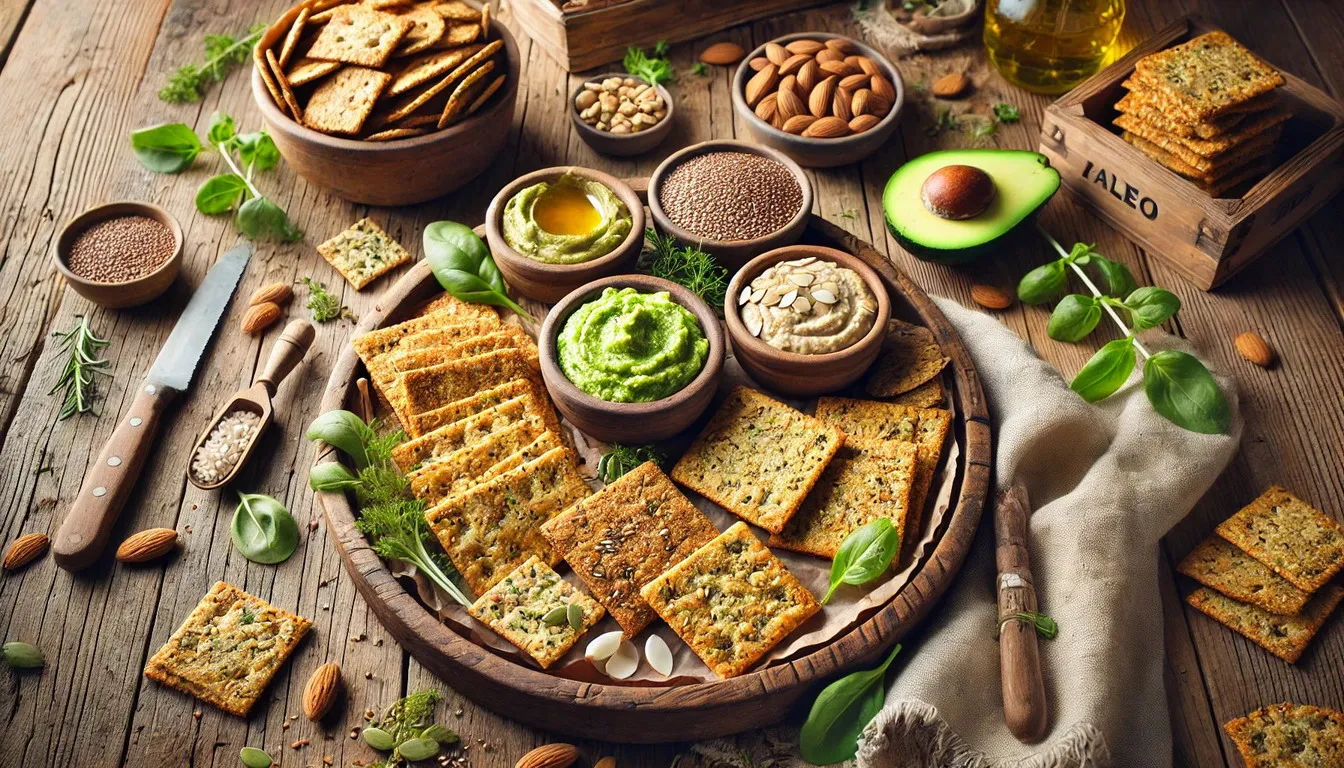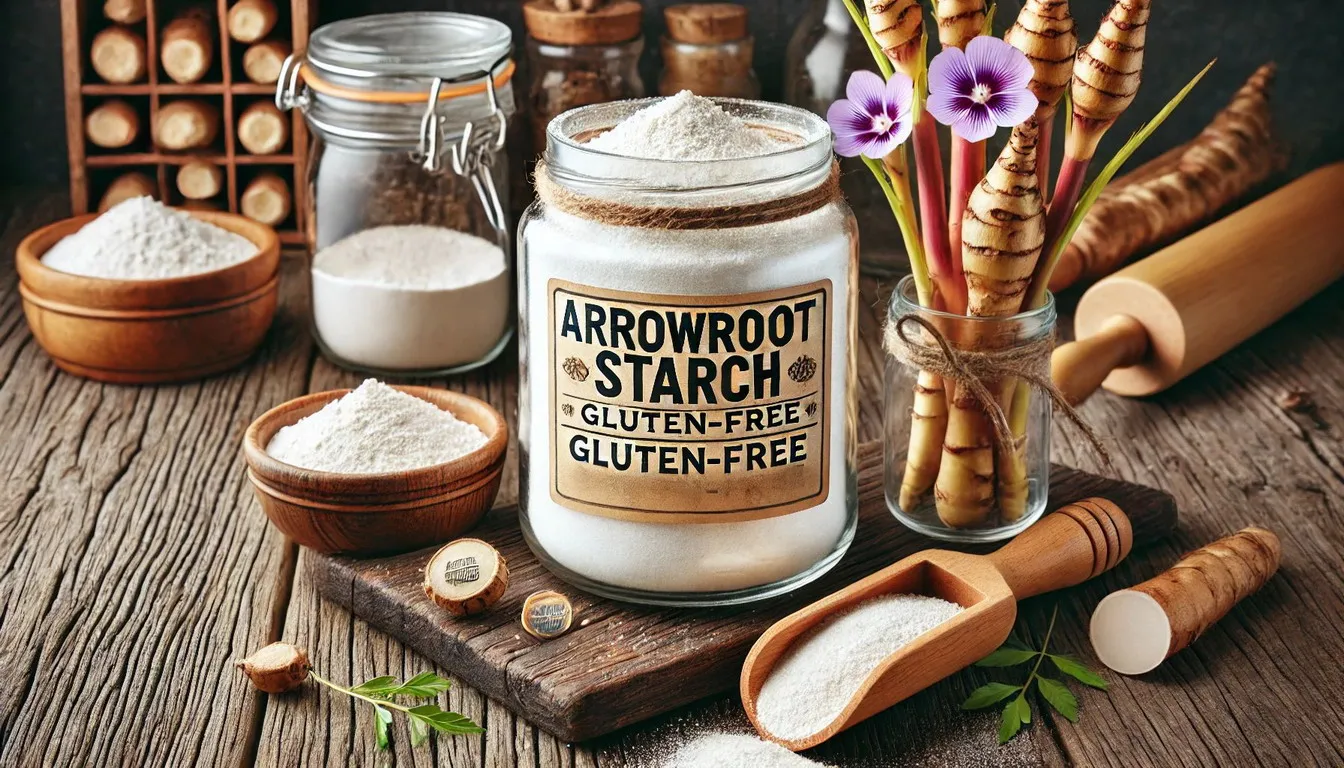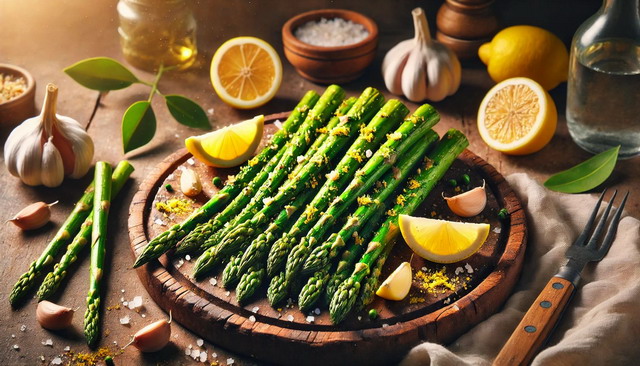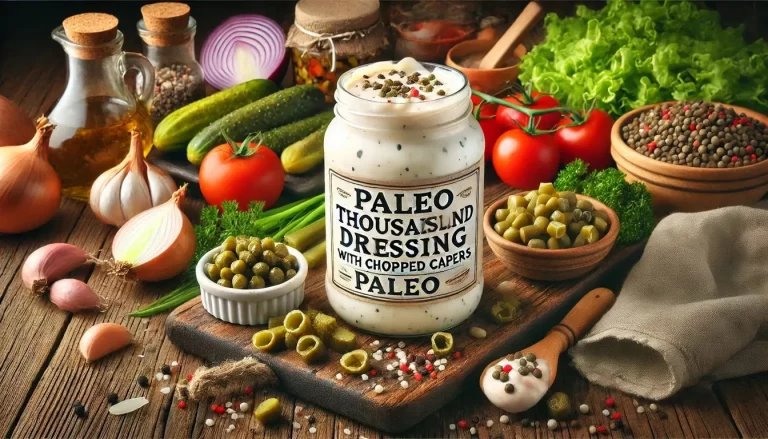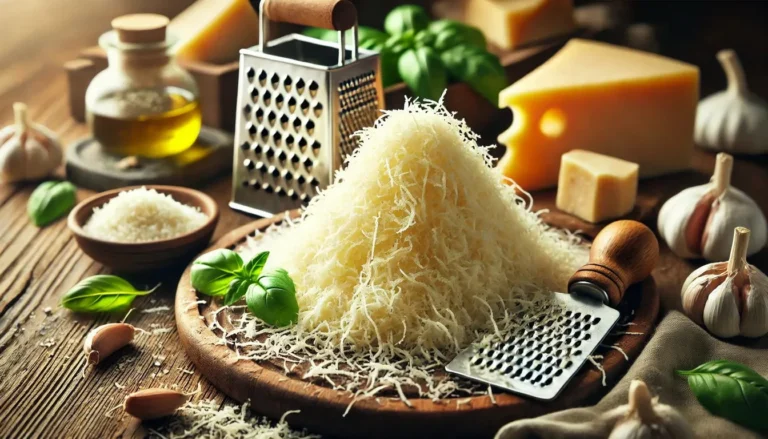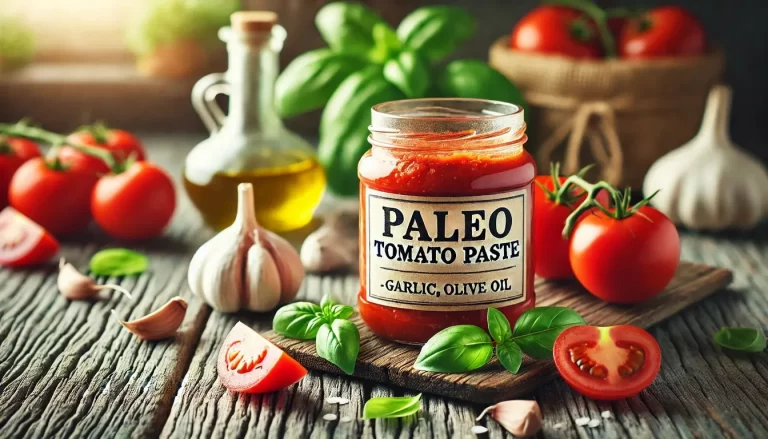The Paleo diet has gained significant popularity over the years due to its focus on whole, unprocessed foods. While this diet encourages consuming foods that our ancestors would have eaten, it also brings into question the compatibility of certain modern ingredients. One such ingredient is cream of tartar. This article explores whether cream of tartar aligns with the principles of the Paleo diet, delving into its origins, nutritional profile, and uses in Paleo cooking.
What is Cream of Tartar?
Cream of tartar, also known as potassium bitartrate, is a byproduct of winemaking. It forms naturally during the fermentation process as tartaric acid crystallizes on the sides of wine barrels. This white, powdery substance is collected, purified, and sold as a versatile ingredient used primarily in baking and cooking.
Chemically, cream of tartar is an acidic salt that acts as a stabilizing agent. It is commonly used to stabilize egg whites in meringues, prevent sugar from crystallizing in candies, and as a leavening agent in baking when combined with baking soda.
The Paleo Diet: An Overview
The Paleo diet, also known as the Paleolithic or caveman diet, is based on the premise of eating like our prehistoric ancestors. The diet emphasizes whole, unprocessed foods such as lean meats, fish, fruits, vegetables, nuts, and seeds. It avoids grains, legumes, dairy, refined sugars, and processed foods. The rationale behind the diet is that modern agricultural practices and food processing methods have led to a diet that our bodies are not evolutionarily adapted to, contributing to various health issues.
Is Cream of Tartar Paleo-Friendly?
To determine if cream of tartar is Paleo-friendly, we need to consider its origin, processing, and alignment with Paleo principles.
- Origin and Processing: Cream of tartar is a natural byproduct of winemaking, a process that has been around for thousands of years. While it is purified for commercial use, the processing involved is minimal compared to highly refined ingredients like white sugar or flour.
- Ingredient Analysis: The primary component of cream of tartar is tartaric acid, which naturally occurs in various fruits, including grapes. The Paleo diet does not explicitly prohibit the use of naturally occurring acids or salts. However, it emphasizes consuming whole foods over isolated compounds.
- Natural vs. Processed Debate: One of the core principles of the Paleo diet is to avoid processed foods. While cream of tartar undergoes some processing, it is not heavily refined or chemically altered. Its processing is akin to other minimally processed Paleo-approved foods like coconut flour or almond milk.
Nutritional Profile of Cream of Tartar
Cream of tartar is low in calories and contains no fat or protein. Its nutritional value is primarily derived from its potassium content. One teaspoon of cream of tartar contains about 495 mg of potassium, making it a good source of this essential mineral. Potassium is vital for maintaining proper electrolyte balance, nerve function, and muscle contraction.
While cream of tartar provides health benefits, it should be used in moderation due to its strong acidity, which can cause digestive discomfort in large quantities.
Uses of Cream of Tartar in Paleo Cooking
Cream of tartar’s unique properties make it a valuable ingredient in Paleo cooking and baking. Here are some common uses:
- Stabilizing Egg Whites: Cream of tartar is often used to stabilize egg whites in recipes like Paleo meringues and soufflés. Adding a small amount to egg whites before beating helps them hold their shape and increases their volume.
- Leavening Agent: When combined with baking soda, cream of tartar acts as a leavening agent, helping baked goods rise. This combination can be used in Paleo-friendly baked goods like almond flour bread or coconut flour pancakes.
- Preventing Sugar Crystallization: In Paleo candy-making, cream of tartar can be used to prevent crystallization, ensuring a smooth texture.
- Alternative to Processed Leavening Agents: Cream of tartar can replace commercial baking powder, which often contains cornstarch and other non-Paleo ingredients. To make a Paleo-friendly baking powder substitute, mix two parts cream of tartar with one part baking soda and one part arrowroot powder.
Expert Opinions and Paleo Community Views
The Paleo community is divided on the use of cream of tartar. Some experts and enthusiasts argue that because it is a naturally occurring substance with minimal processing, it is acceptable within the Paleo framework. Others suggest avoiding it due to its isolated nature and potential for digestive discomfort.
Mark Sisson, a well-known Paleo advocate, suggests that while cream of tartar is not a staple in the Paleo diet, its occasional use is unlikely to cause harm. He emphasizes the importance of focusing on overall dietary patterns rather than getting caught up in minor details.
In conclusion, cream of tartar can be considered Paleo-friendly in moderation. Its natural origin, minimal processing, and versatility in Paleo cooking make it a useful ingredient for those following the diet. However, it is essential to use it judiciously and pay attention to how your body responds.
For those strictly adhering to Paleo principles, alternatives like lemon juice or vinegar can be used in place of cream of tartar. Ultimately, the decision to include cream of tartar in your Paleo diet should be based on your individual preferences and health goals.
FAQs
- What is cream of tartar made from? Cream of tartar is a byproduct of winemaking, specifically the crystallization of tartaric acid on the walls of wine barrels.
- Is cream of tartar natural? Yes, cream of tartar is a natural substance formed during the fermentation of grape juice into wine.
- Can I use cream of tartar on a Paleo diet? While cream of tartar is not a staple in the Paleo diet, it can be used in moderation due to its natural origin and minimal processing.
- Are there Paleo-friendly substitutes for cream of tartar? Yes, lemon juice or vinegar can be used as substitutes in recipes requiring cream of tartar.
- What are the benefits of using cream of tartar? Cream of tartar stabilizes egg whites, acts as a leavening agent in baking, and prevents sugar crystallization in candies.
- Is cream of tartar high in nutrients? Cream of tartar is primarily valued for its high potassium content, but it should be used sparingly.
- Does cream of tartar have any side effects? In large quantities, cream of tartar can cause digestive discomfort due to its acidity.
- How should I store cream of tartar? Store cream of tartar in a cool, dry place in an airtight container to maintain its potency.
- Can cream of tartar help with cooking and baking in a Paleo diet? Yes, it can be useful in Paleo cooking and baking, particularly for stabilizing egg whites and acting as a leavening agent when combined with baking soda.
- Are there any Paleo-approved recipes that use cream of tartar? Many Paleo-friendly recipes for meringues, soufflés, and certain baked goods may include cream of tartar as an ingredient.
